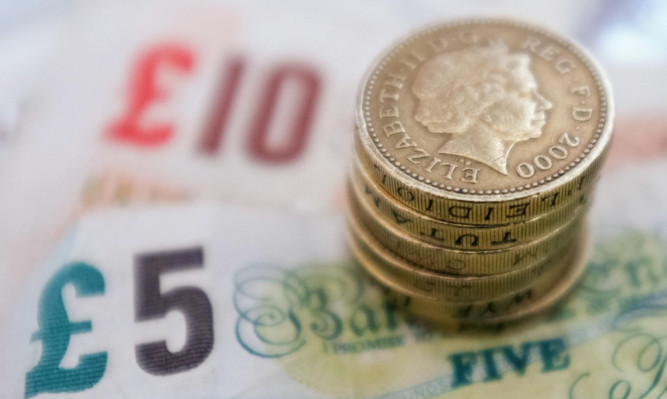Families’ average monthly incomes have reached a three-year high – but the gap between the “haves” and “have-nots” is growing – according to a report.
The typical family’s monthly income after tax reached a three-year high of £2,126 in May, marking the highest figure recorded since March 2012, according to Aviva’s latest Family Finance Report.
But the report said that across Britain “the upward trend masks a widening gap between the ‘haves’ and the ‘have-nots’.”
Looking at different groups of households, couples with plans to have children have made the greatest gains since November 2014 and have seen their monthly incomes increase by £339 from £2,122 to £2,461. This is more than twice the boost enjoyed by any other family type.
By contrast, parents who are raising children alone – either as single parents or as a result of being divorced, separated or widowed – have seen their monthly incomes fall from £1,176 to £1,077 over the same period.
This loss of £99 a month adds up to £1,188 annually, meaning they have lost the equivalent of one month’s salary a year, the report said.
Aviva’s data showed while the proportion of families taking home at least £2,500 a month has risen from 39% to 43% in the last six months, the percentage taking home £1,000 or less has stayed consistent at 10%.
This means at least one in 10 families are still surviving on less than half of the typical family’s income, the report said.
The latest findings also show that the typical family is saving more and putting aside a £113 a month – a record high figure for the study, which has been running since December 2010.
But more than a quarter of families (26%) are saving nothing each month, and the percentage with no savings cushion has remained static at 17% over the last six months.
Across Britain, the report found that the typical family in the North East has the lowest monthly income of £1,795, which is £331 below the national average.
By contrast, the typical family in London has £613 extra income each month than the average across the country, at £2,739. This is also £944 more than families in the North East have on average.
The South East of England and Scotland were the only other regions outside London where the typical family has an average monthly income above the average across Britain.
The typical family living in London saves the most each month, at £190, while a family living in the South West saves the least on average, at £77 per month.
The South West also has the largest percentage of families who save nothing each month at 32%, according to the findings.
London families have the biggest savings pots, at £11,250 on average. This is more than three-and-a-half times the national average savings pot of £3,116.
By contrast, the typical family in Wales has the smallest savings pot of any region at just £875 – barely a quarter (28%) of the average across Britain.
Louise Colley, managing director, protection at Aviva, said that the findings bring some “great news for some British families”.
She continued: “However, we must not overlook the growing number of families in danger of being left behind by this resurgence. In particular, single parents face a challenge to maintain their standards of living on lower incomes and it is no wonder that many families are still finding it a struggle to put money away each month.”
Some 2,000 people took part in the latest study.
